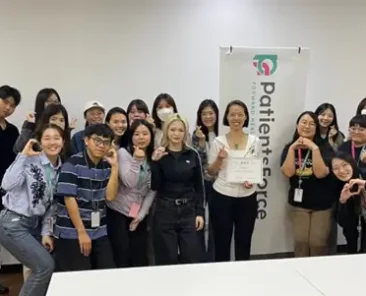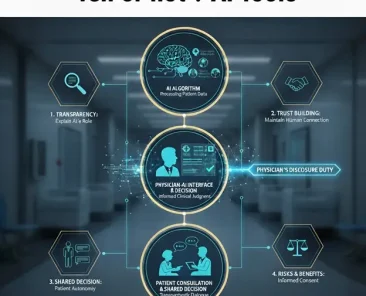Patient Assistance Program (PSP) drug safety monitoring issues under risk management
In today’s pharmaceutical and biotechnology landscape, Patient Support Programs (PSPs) have become an indispensable tool. The PSPs program aims to improve patient access and adherence to innovative therapies, ultimately improving clinical outcomes. For many companies, a robust PSP is no longer a “plus” but a necessity for market accessibility, especially in the field of complex and expensive rare diseases and cancer drugs, but it further complicates the drug safety monitoring system that should have been supported.
From a regulatory perspective, the core issue is how to classify adverse reaction (AE) reports collected through PSPs. Traditional drug surveillance (PV) is built on two main reporting types: one is “spontaneous (or inactive collection)” reporting, which is often unexpected and assumed to have a causal relationship with the drug; The other is “active collection” reporting, which is collected through an organized system (e.g., RMP) such as clinical trials, patient registries, or post-market studies. The former imposes a heavy regulatory burden and often requires immediate reporting to the competent authority, while the latter, although also strictly regulated, is treated differently because the collection method is known and systematic.
However, PSPs blur this line. They are not clinical trials, but their data collection is not completely “spontaneous” either. When patients interact with caregivers and planners, whether seeking financial support, medication reminders, or logistical support, side effects or health issues are often voluntarily mentioned. This can unexpectedly trigger a cascade of PV regulatory obligations and a large amount of unexpected information, making the management of PSPs challenging the professional training and procedural rigor required for compliant collection and reporting of adverse reactions.
If the regulator considers adverse reaction reports from PSPs to be spontaneous, companies must respond quickly with limited information and may need to submit a large number of rapid reports. This not only consumes a lot of resources but can also generate a lot of “noise” that can confuse regulatory filings. Conversely, if the company does not establish a rigorous and auditable PV management system and treats this data as actively collected, it may face regulatory review issues. For example, the European Medicines Agency’s (EMA) GVP Module VI recognizes that data generated by well-managed PSPs can be considered proactive collection, but the lack of specific guidelines on the definition of “well-managed” makes it difficult for companies to implement it in different regulatory interpretations around the world.
The Need for New Thinking: Risk Management and Special Purpose PSP
As PSPs become more prevalent, especially when used for high-risk or novel therapies, there is a need to think about a new paradigm that goes beyond traditional drug monitoring. For products with a Drug Risk Assessment and Mitigation Strategy (REMS) in the United States or similar risk minimization measures in the EU, PSPs are no longer just market access tools; They are an integral part of a product safety management program. This is especially true for advanced therapies such as gene and cell therapies, which require mandatory long-term follow-up and specific safety monitoring. In these cases, PSPs effectively become a mandatory, managed patient population, a clinical registry database that is essential for product lifecycle management. Therefore, drug safety monitoring teams must be integrated into the design of PSPs from the start.
First, incorporate drug safety monitoring expertise into the design and operation of PSPs. This means working together with PV professionals, PSPs, and healthcare teams to work together on patient medication management scripts, train managers on what adverse reactions are, and establish a clear reporting path. Contractual terms with third-party outsourced PSPs vendors are also crucial, clearly outlining their roles and responsibilities in adverse reaction collection, ensuring they meet the same stringent standards as in-house teams.
Second, companies must leverage technology to streamline processes. The rise of digital health tools and patient-centric platforms has provided an opportunity for more systematic and compliant data collection. For example, a digital platform that guides patients in reporting adverse reactions in a structured manner, with clear disclaimers and established reporting protocols, can shift these reports from the “unexpected” gray area to the more predictable “active collection” category. This not only improves compliance but also produces higher-quality, higher-value real-world data (RWD) for risk-benefit assessment and post-market research.
Finally, and perhaps most importantly, regulatory thinking and PV management culture also need to change. Drug surveillance departments can provide clearer and more uniform global guidance on what constitutes a compliant PSPs data collection system. This will reduce the internal and external workload currently encountered with PSPs and allow us to focus on what really matters: generating high-quality, secure data to protect patients. Management goals should move beyond rigid interpretations of “active collection” and “spontaneity” to focus on the quality and integrity of the data collected, regardless of its source. A new management mindset from industry and regulators can ensure that PSPs continue to play an important role in patient care while reinforcing rather than diminishing the original intent of drug safety.




